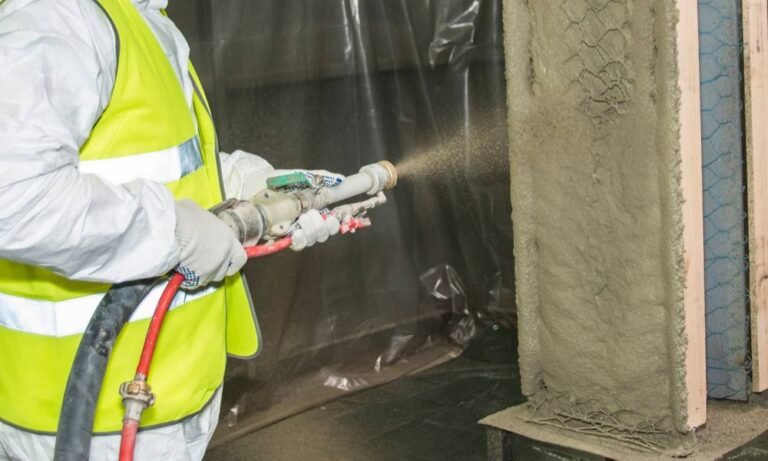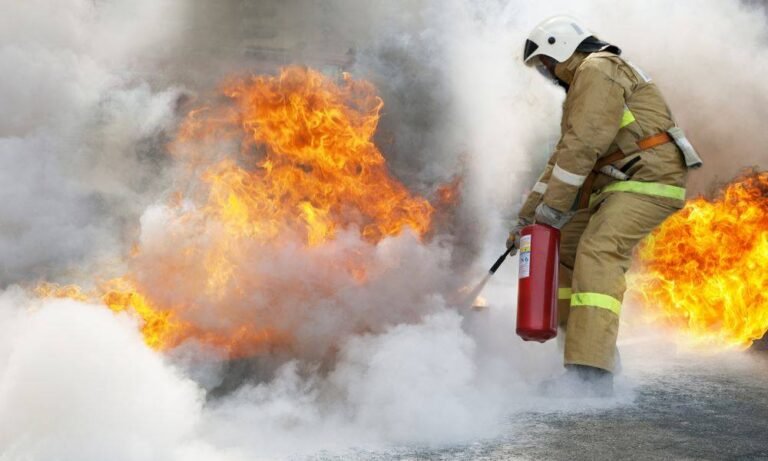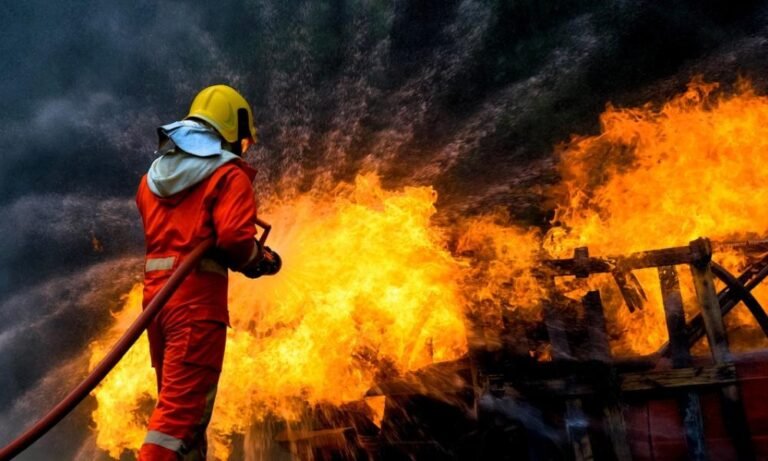Estimated reading time: 4 minutes
Fire safety isn’t something most people think about daily—until an emergency happens. Whether you’re a homeowner, a business operator, or managing an industrial facility, routine safety inspections play a crucial role in protecting lives and property.
I’ve seen how skipping inspections leads to hidden risks—fire-resistant materials wear down over time, protective barriers weaken, and safety systems fail when they’re needed most. A regular fire protection assessment can mean the difference between a controlled incident and a devastating disaster.
What You’ll Learn Here
How fire safety inspections lower risks and legal liabilities.
The dangers of neglecting routine checks.
A step-by-step guide to fire resistance evaluations.
Why insurance companies and safety codes mandate inspections.
The ideal inspection frequency based on property type.
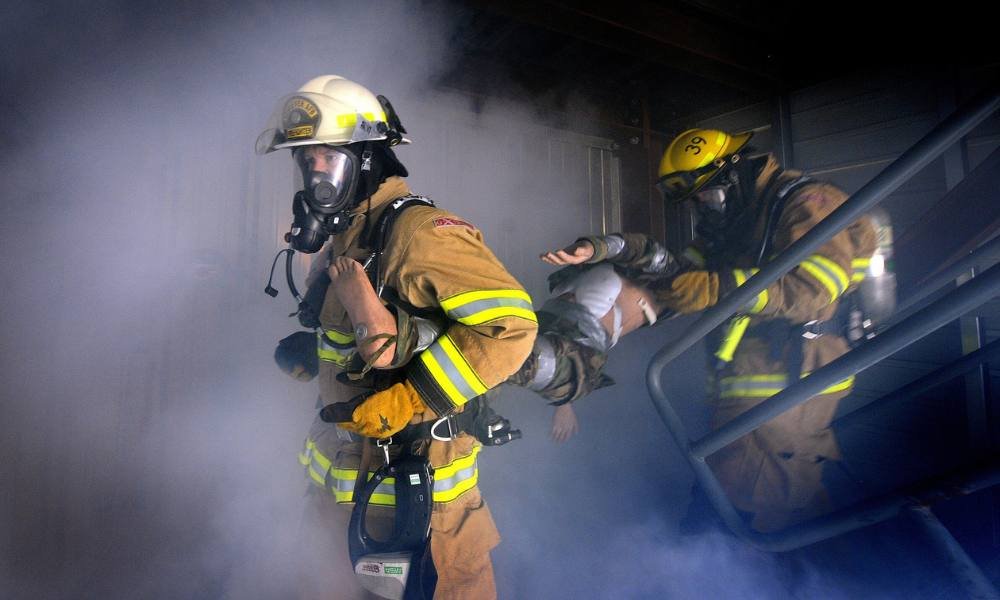
The Hidden Risks of Skipping Fire Safety Inspections
1. Increased Fire Hazards
Fire-resistant coatings and barriers don’t last forever. Over time, protective materials degrade due to wear, moisture, or structural changes. Without regular checks, you might assume your property is protected when, in reality, it isn’t.
Common fire protection failures include:
Cracked or peeling fire-resistant coatings.
Compromised insulation losing effectiveness.
Fire-rated doors, ceilings, and barriers that no longer function as intended.
A small flaw in a fire protection system could mean the difference between containment and catastrophe.
2. Compliance & Legal Risks
Fire safety regulations require routine assessments to verify that all protective systems are functioning. Failure to comply can result in:
Fines and legal penalties for non-compliance.
Forced shutdowns of commercial spaces.
Liability lawsuits in case of fire-related damages.
If you own or manage a building, fire protection inspections aren’t just a best practice—they’re a legal responsibility. Staying compliant helps safeguard your investment.
3. Higher Insurance Costs & Claim Denials
Insurance providers view fire prevention and protection as critical risk factors. Many require updated safety assessments before offering coverage.
Skipping inspections can result in:
Higher insurance premiums due to increased risk.
Claims being denied if damage occurs and records are outdated.
Policy cancellations, leaving property owners financially exposed.
Need to lower costs? Upgrading safety measures can improve insurance terms.
How Fireproofing Inspections Work: A Step-by-Step Guide
1. Property Safety Assessment
A certified professional reviews existing fire protection measures, checking for potential weaknesses.
2. Examining Fire-Resistant Materials
Inspectors assess:
Walls and ceilings for fire-resistant barriers.
Steel structures treated with heat-resistant applications.
Protective coatings to confirm they still function correctly.
3. Reviewing Passive Fire Protection Systems
This includes:
Fire-rated doors and partitions that contain flames.
Caulking and sealants in walls and joints to prevent fire spread.
Specialized insulation that slows heat transfer.
4. Identifying Damage or Wear
Factors such as age, exposure to elements, and previous construction work can compromise fire protection.
5. Ensuring Regulatory Compliance
Inspections confirm that fire protection measures meet current safety codes, preventing potential penalties.
6. Providing a Detailed Report
The final step includes:
Noting areas needing repair or reinforcement.
Recommending upgrades to maintain compliance.
Confirming that existing systems are still effective.
A well-maintained fire safety system isn’t just about meeting regulations—it’s about saving lives.
How Often Should Fireproofing Inspections Be Done?
1. Residential Homes
Suggested every 3-5 years, unless major renovations occur.
2. Commercial Buildings & High-Risk Facilities
Should undergo annual inspections to maintain compliance.
3. Industrial & Manufacturing Sites
Due to higher fire risks, inspections should be quarterly or biannual.
4. Post-Disaster or Structural Changes
If a property experiences flooding, fires, or major construction, safety measures must be re-evaluated.
Routine checks also help improve property value.
Fireproofing Inspections & Business Safety
1. Safeguarding Employees & Clients
Fires spread in seconds. A well-maintained safety system ensures people have time to evacuate safely.
2. Avoiding Disruptions & Fines
Non-compliance with fire safety codes can lead to penalties or forced closures, impacting business operations.
3. Enhancing Property Durability
Fire-resistant materials help minimize damage, reducing long-term maintenance costs.
4. Smart Fireproofing Upgrades Save Money
New smart monitoring systems can lower maintenance expenses and improve response times.
For optimal results, work with certified fire protection specialists. Choosing the right contractor is essential.
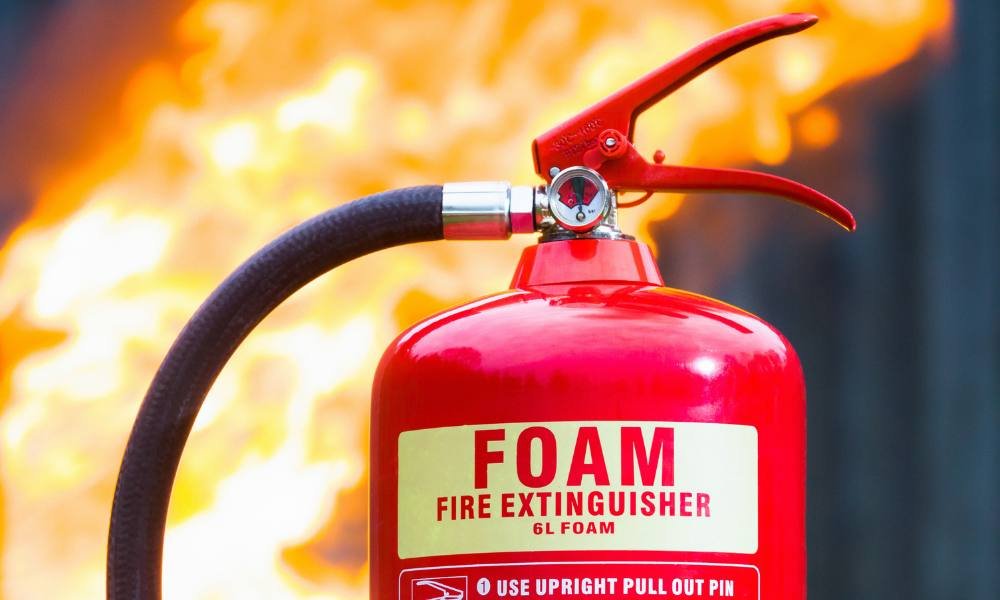
The Future of Fire Protection: Smart Solutions & AI Technology
New technology is transforming fire safety and prevention. Innovations include:
AI-Based Fire Detection – Predicts fire risks before they occur.
Automated Fireproofing Maintenance – Sensors monitor material degradation.
Eco-Friendly Protective Coatings – Sustainable, non-toxic fire-resistant applications.
Interested in environmentally friendly options? Check out eco-conscious fireproofing solutions.
Final Thoughts: Don’t Wait for an Emergency—Inspect Now
Routine fire safety inspections aren’t optional—they’re critical. Ignoring them can lead to:
Undetected hazards that put lives at risk.
Compliance failures that result in legal trouble.
Increased costs due to preventable damage.
Staying proactive means better safety, lower insurance costs, and long-term property protection. If it’s been a while since your last assessment, schedule an inspection today.

